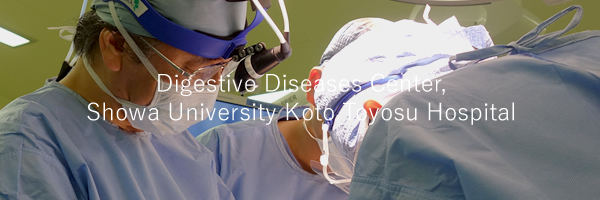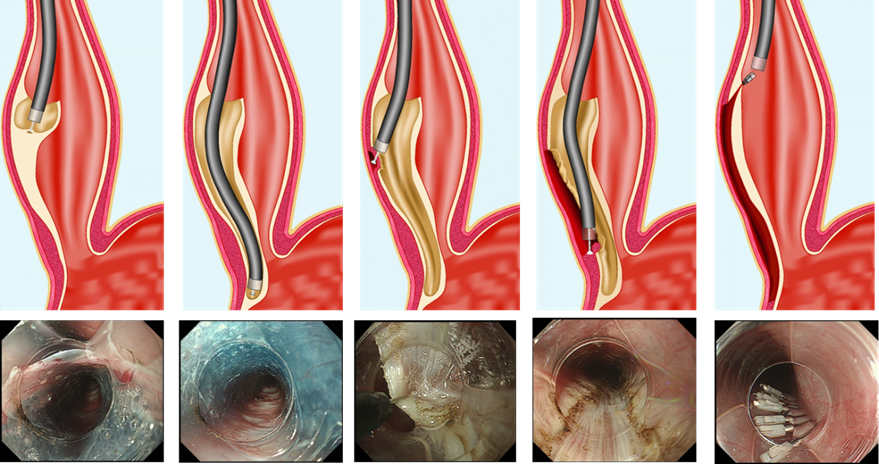




Achalasia is a rare disease that affects the nerves that supply the esophagus which results in loss of the normal contractions of the esophageal muscles.
These examinations can be performed in one-day hospital stay.
Please consult our GI physician if you have any of the above symptom.
Historically, achalasia has been treated by
Per-oral Endoscopic Myotomy (POEM) has been introduced by Professor Haruhiro Inoue in September 2008 and we have been performing over 2000 cases which is one of the largest high-volume center in the world. Clinical results at our center are excellent with no major complications with skillful doctors’ hands. POEM offers faster recovery after endoscopic esophageal myotomy with no incision, the ability to better tailor the procedure to the patient, and is potentially more effective in patients with advanced disease.
Detail of the procedure can be seen from the link below.

Prior to the POEM procedure, patients will undergo a set of full examinations including a gastroscopy, an esophageal motility testing, barium esophagram (contrast examination), and CT scan. These can be done in one day hospital stay.
What will be planned 1 day prior to POEM
Patients will need to follow specific preparation instructions that include: